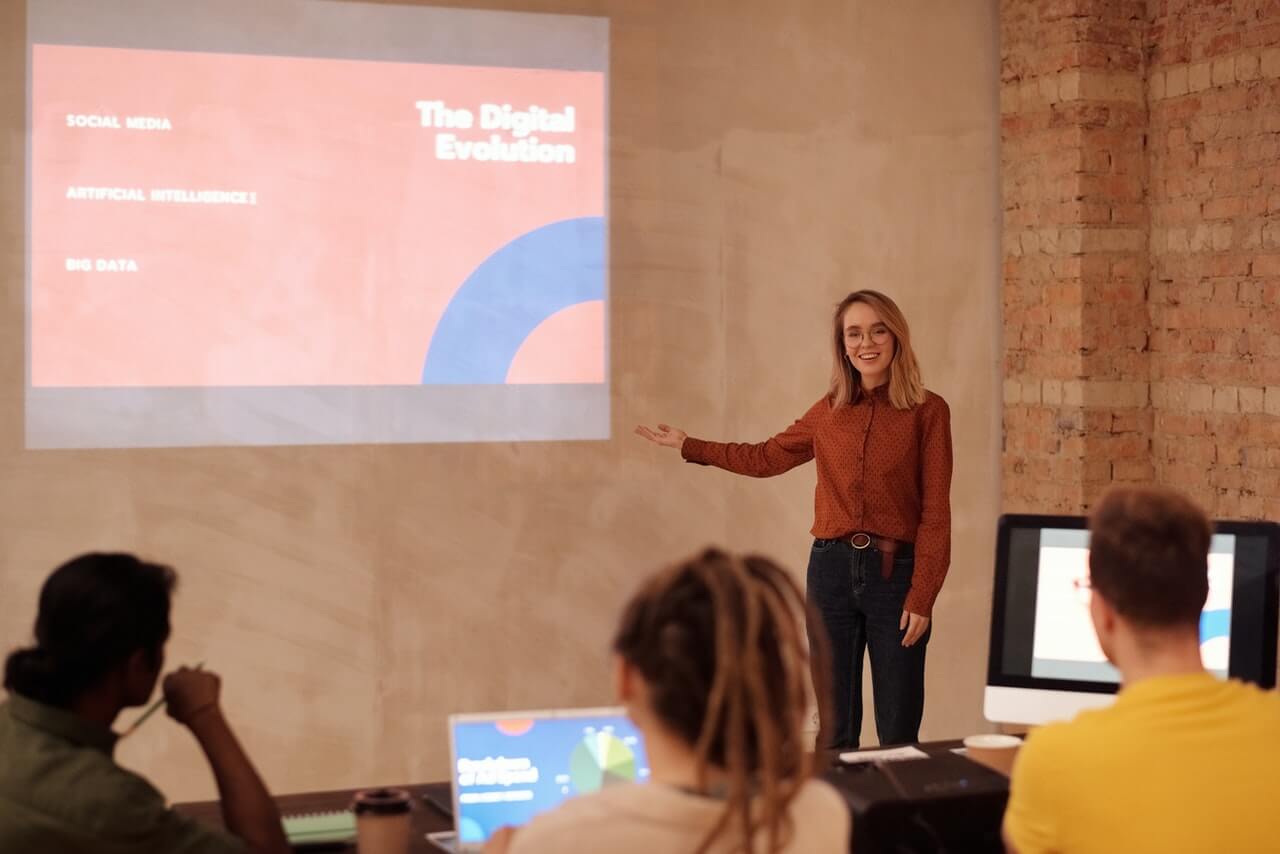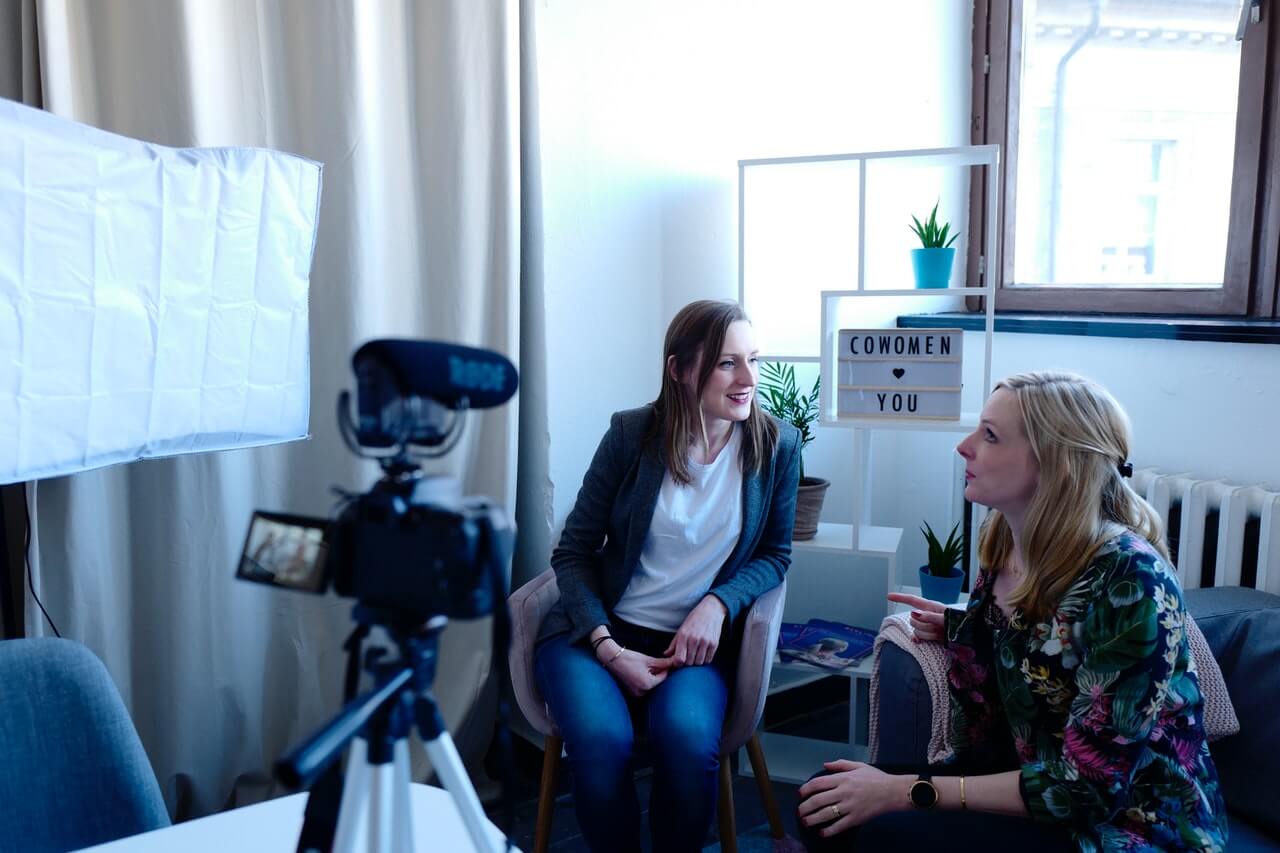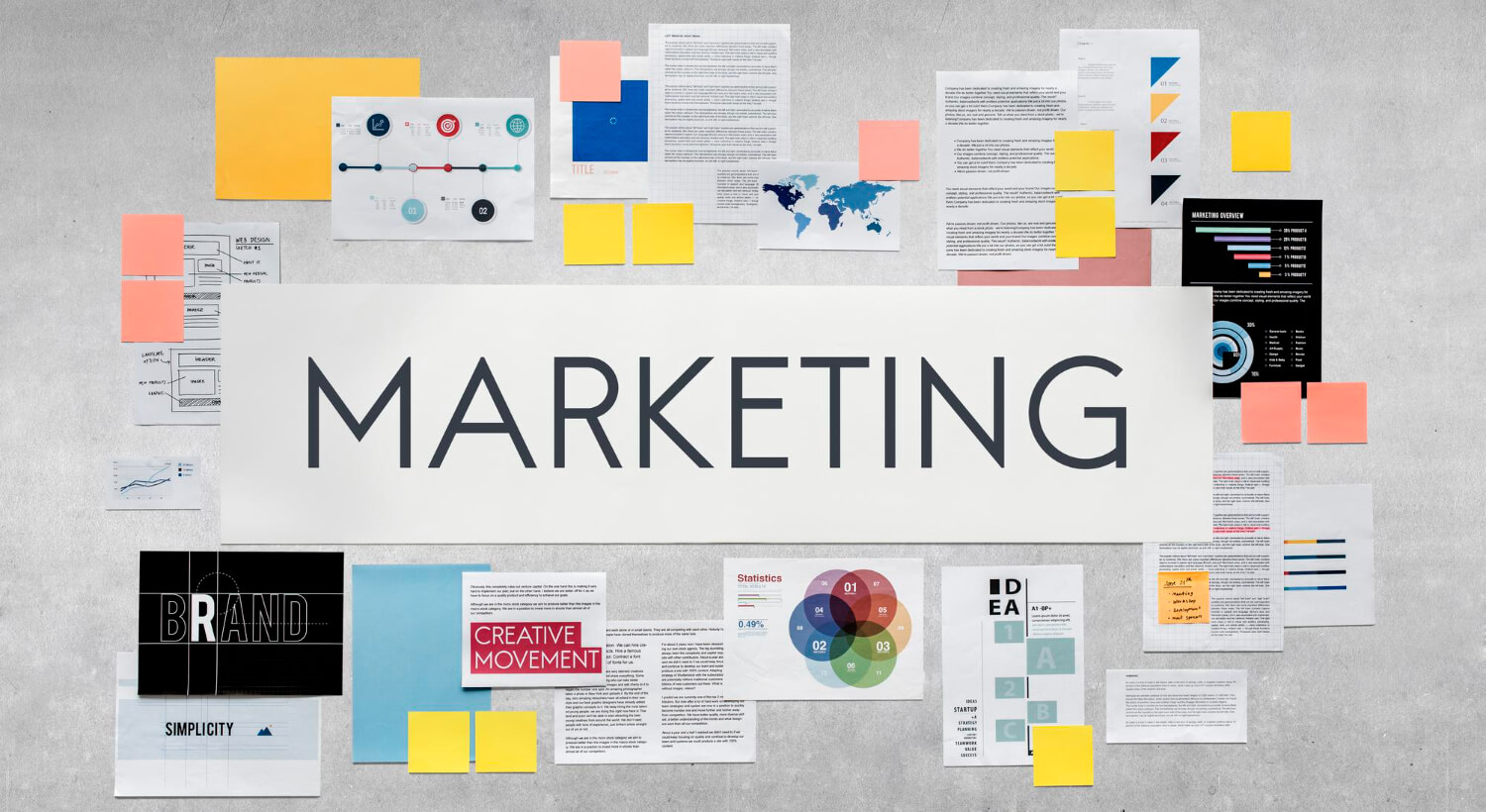Guest Post By Steve Olsher
Key Strategies for Leveraging the Media
It’s often said that, “Any publicity is good publicity.” While the truth of this may be debatable, there’s no disputing that receiving unpaid, positive media exposure can add meaningful revenue to your bottom line. No one knows this better than Steve Harrison.
Steve is a publicity expert who’s been credited with helping Robert Kiyosaki (Rich Dad, Poor Dad), Jack Canfield & Mark Victor Hansen (Chicken Soup for the Soul), and numerous others, launch their book sales and careers into the stratosphere. Rather than a mere “15 minutes of fame,” Steve teaches authors, bloggers, Internet marketers, and others how to remain in the spotlight for their entire careers. Let’s take a look at a few of his key strategies for leveraging the media.
Give People What They Need
One of the key mistakes business owners make is failing to ask customers for feedback. The single most important question you can ask your target audience is, “What products or services do you need to build your business?” Too often companies create what they think the market will want. Seldom do they take the time to ask what is actually needed.
There can be a huge difference between what you think customers want and what they really need.
To spare yourself from significant pain, create what the market is telling you it needs. If you create products and services with built-in demand, you’ll chuckle as you head to the bank with checks in hand, wondering why other companies don’t use this straightforward yet highly effective strategy.
The Power of Publicity
When executed well, publicity is not only free, it delivers phenomenal exposure over and over again. While people have become skeptical of advertising, an invited guest is typically welcomed. To succeed with publicity, understand the medium you’re pitching, be clear about what producers are looking for in their guests, and have significant value to provide to audiences. If you keep these criteria in mind while pursuing opportunities, then in due time, as the Counting Crows famously sang, “When I look at the television, (I’ll) see me staring right back at me.”
Create the Hook
Robert Kiyosaki, now renowned in both the financial and publishing worlds, originally self-published Rich Dad, Poor Dad. To generate exposure for the book, he and his wife, Kim, enlisted the help of a publicity firm, but it did little aside from placing Robert on a few college radio stations. There were few sales, and thousands of copies sat collecting dust.
That all changed when they enlisted the help of Steve Harrison. The book contained immensely useful information, but no one knew about it. One of Steve’s first objectives was to help Robert craft a powerful “hook” that would attract both readers and the media. As they discussed the content, Steve suddenly came up with the perfect approach to grab attention:
Learn what the rich teach their kids about money that the poor and middle class do not!
As you can imagine, people were instantly intrigued. Who wouldn’t want to learn inside tips and shortcuts from the successful? Most people aspire to create a better life for themselves and their family. The hook had immediate, widespread appeal. Media appearances soon followed.
Soon large retail stores began selling his book. As a result, despite significant budget constraints and the lack of a large publishing house, thousands of copies of Rich Dad, Poor Dad were sold and before long the book was a #1 New York Times bestseller.
Provide Content-Rich, Free Materials
Ultimately, Steve is in the business of building relationships. By providing significant value and consistently over-delivering, he’s able to construct long-term, trust-driven relationships that benefit both his clients and his organization. One way he does this is by supplying value-packed free learning materials. Steve understands that not everyone can immediately afford to pay $10,000 for personal coaching, or $1,000 or more for a seminar. He therefore also offers a variety of free teleseminars and webinars that provide a wealth of helpful information.
To access Steve’s free events, customers must provide their names and email addresses. This results in his having a large database of leads. Steve then works to earn trust and develop a relationship with each of these customers via email newsletters, transcripts, podcasts, tips, and more. When a client attains the financial means to purchase a seminar, learning product, or personal coaching service, Steve’s existing relationship will lead the customer to think of him first.
Consistently Deliver
Steve prides himself on always providing pertinent, high-value tools, strategies, and shortcuts that answer key questions and can be immediately implemented. His staff receives frequent training on how to work most effectively with clients and tirelessly pursues excellence in everything they do. Some say you’re only as good as your last victory. Steve believes you’re only as good as your current victory. He not only teaches his clients how to prosper, but encourages them to soar well beyond his own level of success.
——————
For more resources, see our Library topics Marketing and Social Networking.
——————————————————————————————————————————————–
Steve Olsher is the author of Internet Prophets: The World’s Leading Experts Reveal How to Profit Online and creator of Internet Prophets LIVE!, which takes place June 8-10, 2012 in Chicago. Featuring 29 of the world’s leading Internet, Mobile and Marketing experts such as Jay Conrad Levinson, Mike Filsaime, Mike Koenigs, Larry Winget, Marc Ostrofsky, Dan Hollings, Janet Bray Attwood, Armand Morin, and many others, Internet Prophets LIVE! provides small business owners, solopreneurs, and consultants with proven no- and low-cost guerrilla marketing strategies, tools, and tactics for cultivating leads, dramatically increasing conversion rates, and generating massive, passive income. Tickets are only $197 until June 5th. For more information and to reserve one of the VERY limited number of remaining seats, please visit www.InternetProphets.com.
















